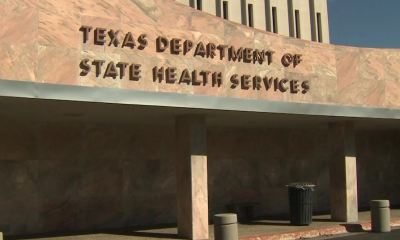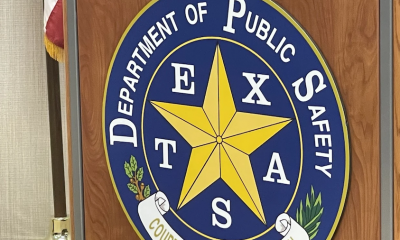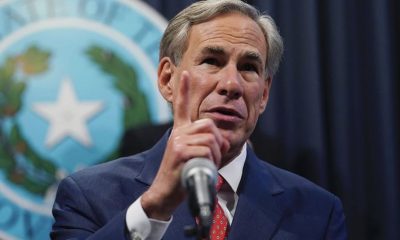U.S. News
Let’s call the Biden infrastructure bill what it is: The New Entitlements Act of 2021
DALLAS, TX – On March 31, President Joe Biden unveiled the second leg of his “relief and rebuild” agenda. It purports to be a $2 trillion-plus “infrastructure” bill, one that comes on top of the $1.9 trillion pandemic relief passed by Congress in late March.
According to a 2017 Brookings Institution study, federal infrastructure spending has ranged from 1% to 2% of GDP annually since the late 1950s. When added to the $100 billion already built into the budget each year for infrastructure investment, the president’s infrastructure proposal, even if funded over eight years, would rival the greatest expenditure of federal funds on infrastructure in U.S. history. The Public Works Administration spent, at its peak, about 2% of GDP between 1942 and 1947.
Our nation could benefit from upgrading much of our aged infrastructure and expanding broadband and high-speed rail, but the size and the composition of the proposed Democratic program cannot be justified as infrastructure.
The pandemic relief bill enacted in March was a hoodwink of the American taxpayer because much of it went to nothing remotely resembling pandemic relief. At best, it could be justified by the claim: It is relief, and there is a pandemic, so it must be pandemic relief.
The infrastructure bill cannot even meet the twisted logic of pandemic relief because the vast majority of the bill is not infrastructure spending. It is mostly entitlement spending, enhanced with a pile of longtime liberal social and green agenda programs.
A key element of every infrastructure bill and every infrastructure investment in history has been that it represents a one-time investment in projects that will benefit society broadly by improving production or economic activity. That is why projects such as highways, sewage systems, airports — and even parking lots — are infrastructure. Of course, these one-time investments require maintenance, but the ongoing cost of maintenance is a fraction of the infrastructure investment.
The president has argued that things like roads and bridges are “yesterday” infrastructure. He is right, and he is wrong. He is right because roads and bridges are certainly parts of our infrastructure that have been around for a long time — and there are good arguments for making these sorts of investments. But, he is wrong because no one imagines, even in the Zoom era, people are going to stop using roads and bridges and tunnels. How will Brooklynites get to Manhattan? (Or rather, how will Manhattanites get to Brooklyn?) How will Oklahomans get to Texas? Will they Zoom there? Maybe someday, but probably not in the lifetime of anyone who is alive today. They will take roads and tunnels and bridges.
There are elements in the president’s infrastructure bill that sound like infrastructure: $550 billion for transportation, including $80 billon for rail (talk about yesterday); $100 billion for universal broadband; $111 billion for water infrastructure; maybe even $100 billion for workforce development.
But, the other elements of the president’s proposal have nothing to do with infrastructure; they are new or expanded entitlement programs, like over $400 billion for elderly care and expanded Medicaid, a massive new $200 billion public housing program, and hundreds of billions for the Green New Deal agenda.
Most of these programs are not one-time investments; they are social programs that will create new entitlements and will continue to drain the federal budget forever. And, they are no more “infrastructure programs” than raising the minimum wage was “COVID relief” — unless, of course, you are Sen. Kirsten Gillibrand and believe everything is infrastructure. But, if everything is “infrastructure,” then the word has no meaning.
Responsible investment in real infrastructure would be valuable. But if the Democrats want to enact these new entitlements, social programs and green agenda items, they should level with the American people and call them what they are. Enact these new programs through normal committee and annual appropriations processes, or call their bill what it really is: “The New Entitlements Act of 2021.”










